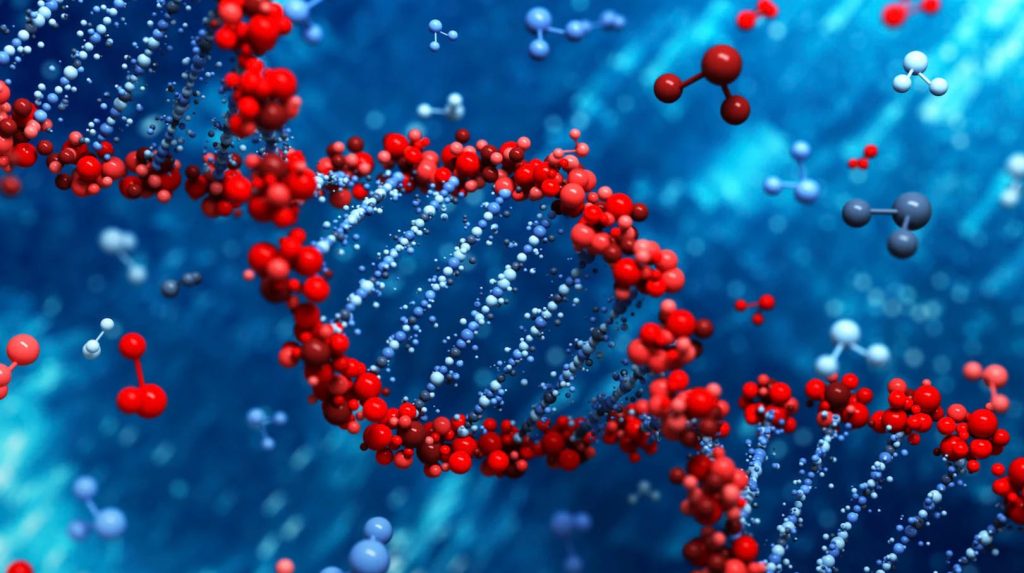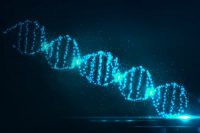Speaker Interview with Silvia Cainarca for the 5th Annual Neuroscience R&D Technologies Conference

London, UK July 24, 2019 – MarketsandMarkets recently interviewed Dr. Silvia Cainarca, Principal Investigator, iPSC Lab iTools & Solutions regarding the 5th Annual Neuroscience R&D Technologies Conference, taking place on 3-4 October 2019 at Radisson Blu Edwardian, Grafton, London, UK.
Q. What are the recent advances in Neuroscience R&D Technologies for Neurodegenerative disorders and current challenges that need immediate attention?
A. Even if many powerful experimental animal models were set up in these years that can recapitulate the hallmark characteristics of different neuropathic diseases, one of the main challenges in their applicability is their translational value. The more recently acquired ability to generate induced pluripotent stem cells (iPSCs) from healthy donors or patients and to differentiate them into different cell types, combined with the new advances in genome editing techniques, empower the possibility to generate relevant disease-specific cell models. Furthermore, the new technological innovations in the three-dimensional culturing of neurons together with non-neuronal cells, such as glial cells, open new opportunities to develop model systems recapitulating in vitro the hallmark characteristics of the different neurological diseases.
Q. What are the new research opportunities emerging in your field of work?
A. Neuropathic pain (NP) constitutes a high-multidimensional impact on society, commonly associated with neurodegenerative diseases and chemotherapy treatments. One of the major surprises in this NP field that emerged over the last decade is that in experimental models of neuropathic pain non-neuronal cells play a very active role in the development of sensory abnormalities. In particular, multiple studies have demonstrated a critical role for a number of glial cells (McMahon et al., 2015. Steve McMahon is one of the NGN-PET members). The importance of these mechanisms in clinical neuropathic pain states is difficult to assess for technical reasons but the development of hiPSC technologies overcame the limited accessibility to human tissues for the development of in vitro models. For this reason, the possibility to generate iPS-based novel reporter system, differentiate them into different cell types, and coculture different cell types together also in miniaturized formats, allows the possibility to generate new human relevant cell-based assays. Furthermore, the demonstration that these assays are suitable for high content/high throughput screening purposes opens new frontiers for the identification of therapeutic molecules on NP-relevant neuron-glia interactions and pathways.
Q. What are the key take away points from your presentation topic which will help in building the knowledge base of attendees?
A. Demonstration of the:
i.) generation of novel reporter systems for in vitro modeling of pain through genome editing of iPSCs,
ii.) feasibility of the use iPS-derived cells in high content and high throughput suitable screening systems.
Q. Hope you had a chance to go through the agenda, what are your views on it and how helpful it is to the targeted audience?
A. There are many interesting and useful talks.
Silvia Cainarca Will be speaking about “Human iPSC-derived cells: a powerful tool for neuropathic pain disease modelling” on Day 1(3rd October 2019) of the conference at 2.10 PM.

The latest conference agenda and complete speaker line-up is available to download on the conference page, where you can also register – https://bit.ly/2Hmj3QX
For more inquiries contact Amit Shelke, Marketing Manager on [email protected]









